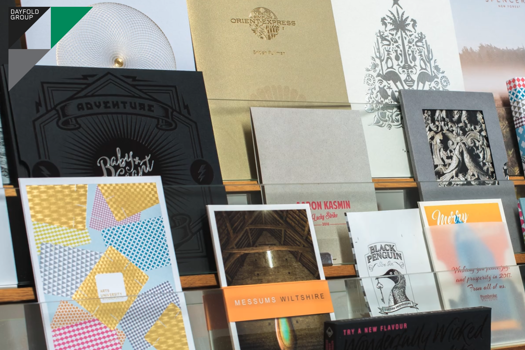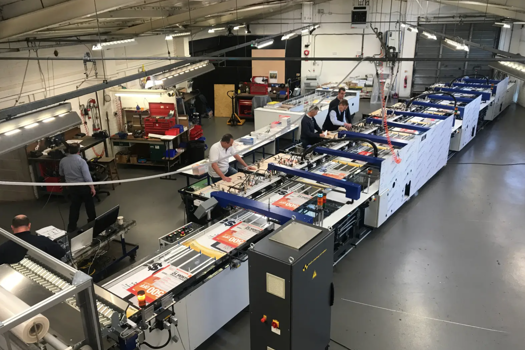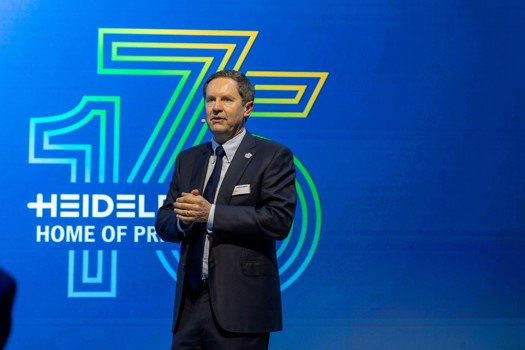With a value of 200bn, product counterfeiting now accounts for 5-7% of world trade a figure that has doubled in the past five years.
Anti-Counterfeiting,
Brand Protection and Security Packaging, a new study by Pira International, also reports an increase in the sophistication of counterfeiters in copying not only the products themselves, but also the security features.
Two of the reasons cited for the growth in counterfeit goods are increased sales over the internet and the globalisation of brands.
Just as the good news of the advertising can travel around the world, so can any bad news, but even faster. Globalisation has put an end to the days when problems could be localised by national brand names, said author Chris Williams.
As a result of the growth in counterfeiting the study highlights a need for further development in both overt and covert security devices. Overt devices include specialised paper, secure printing, holograms and tamper-evident seals, whereas covert devices are more difficult to copy and include radio frequency tags, UV-fluorescent fibres and invisible print features.
It is suggested there are over 200 technologies that can be used in the protection of branded products. [They] may be included as part of the product, permanently attached, temporarily attached or included as part of the packaging, Williams explained.
The report contains in-depth profiles of sectors where counterfeiting is most prevalent such as pharmaceuticals, cosmetics, food and music.
Publication date is 13 July and the report is priced at 2,500.
Contact: 01372 802071.
Story by Lauretta Roberts
Have your say in the Printweek Poll
Related stories
Latest comments
"Another sad day for the industry, only made worse after reading that Ian Shenton is heading up the rescue bid... This guy has had more failed takeovers than Santa has reindeers. Just search on..."
"They should change their name to ‘pound less’ . 🙀"
"Hmmmm, compared to former glories maybe the Bedsit of Print with shared bathroom and kitchen."
Up next...

Dorset connections
More changes at Dayfold

Nearly £1m invested in new kit
The Printed Group enhances wide-format with expansion to third site

Versatile device
Col-Tec showcases new Smart collator for POS

Enhanced efficiency and performance



